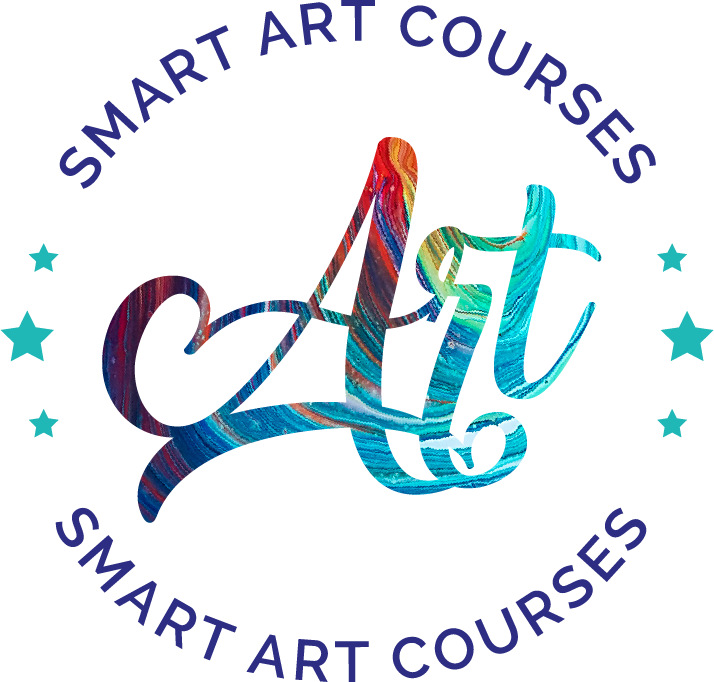by Mark J Ratcliffe
The Art of Color

If you look online, there are so many different variations on a definition of “What is Color?” Color and light go hand in hand because it’s actually light reflected by an object that creates color. Have you seen some of the Pearlescent creations I’ve made on my YouTube channel? All the paints look white but they change color when light is reflected through them when dry. When we think of Color in an Art perspective, we think of Color theory and the color wheel, values of color whether it’s opaque or transparent, color palettes and color schemes. Color actually plays a huge part in fluid art and what we can create, and what color works well with another.
When I think of color it also represents a range of emotions or feelings associated with that color. Color can have universal meanings and also have very personal meanings to us individually. For example, a red traffic light means Stop. But in other emotions it can also mean passion, love or danger. It also depends on our frame of mind or mood when we look at different colors. Today the color Green means Nature to me, but other days it can represent healing or health. We are all unique and colors will mean something different to each and every one of us.
What do you do when you are looking at creating color palette? Of course, there is color theory and what primary, secondary and tertiary colors will work with each other. We can take inspiration from nature, fashion, magazines, Pinterest or other sources when looking at what colors work well together. But what do you do when building your own palette? I start with one color and take it from there. It’s easy to go mad and add lots of colors but sometimes simplicity is most effective. Have you tried creating a palette with only two or three colors and using a black or white to create different tones of that same color? It can be so exciting to create your own custom colors too as you can really explore what feels right for you.
Let’s do an exercise together. Let’s design a Color Palette:
- What are we looking to create; what’s the purpose of the painting and what message or mood do we want to convey?
- Choose one main color. I’m going to choose Green for example. That is going to be my main color.
- Let’s now add more color. Let’s pick 3 more colors we want to add to the green. Think about your color wheel here, what will go well? Maybe you’ve seen something in fashion you want to use and bring those colors to your canvas. I’m going to choose White, Gold, Black.
- Think about the technique you want to do and whether the paints are opaque or transparent (that will help when layering the colors in terms of what will pop through and what will be more of a solid tone).
- Now you have your palette – step back and see what you think. Do you want to add another color? Now Go for it and create something using that palette.
Once you’ve finished your creation, step back and really look at it. What does it say to you? Does it have a message or a specific interpretation for you? What color stands out and how would you use the same colors again but in a different way either in terms of volume or layering. It’s so much fun to just consider what impact it will have and how color can really inform our decision making.
Color is so relevant – in life and in Art. Some days we will shine bright colors and other days we may feel a more monochromatic mood. We will have our favourite colors and our safe go-to colors. Colors that remind us of good times, good memories or things in our life. Whatever we feel, whatever color we paint with, it’s right for us at that moment in time and when you look back and reflect, you’ll probably be able to pin point what you were feeling and thinking when painting with a chosen color palette. Color is really connected with our feelings, thoughts and emotions and I think that is reflected everywhere whether that is the change in seasons within the environment, new fashion collections from designers, advertising campaigns from companies, and creations we make when we are painting. Color combinations don’t just happen by chance, they happen for a reason whether that’s a conscious decision or not.
If there is a topic you would like me to discuss or explore in my Monthly Blog, please drop me a message at the email address below.
Subscribe to our Newsletter
Be the first to know about new courses or other specials
